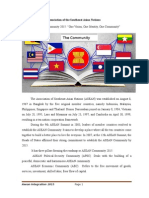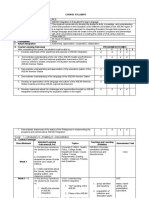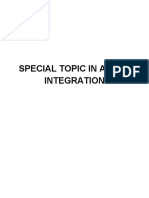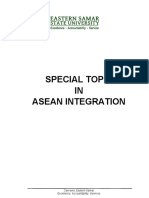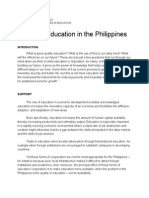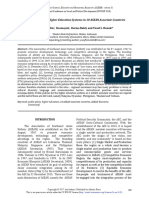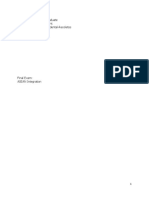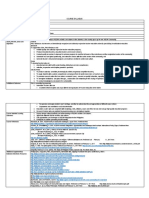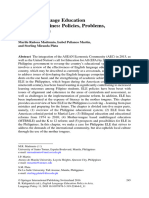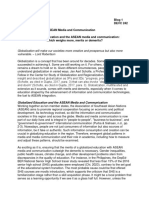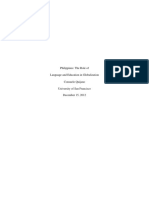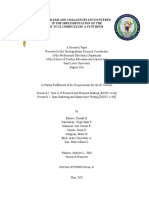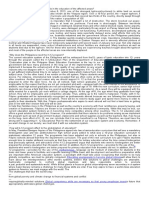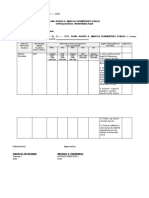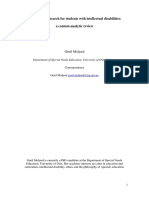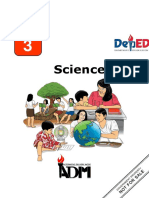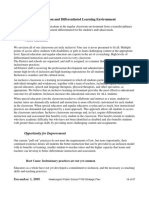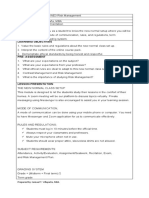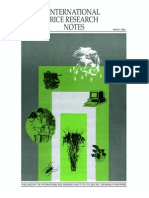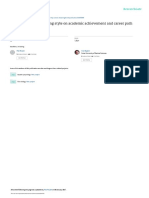0% found this document useful (0 votes)
122 views11 pagesAsean Integration and K12 Program
The document discusses ASEAN integration and its implications for education quality assurance in the Philippines. It provides background on ASEAN economic integration efforts, including the establishment of the ASEAN Economic Community and a blueprint for regional integration. It discusses how quality assurance is important for mutual recognition agreements between ASEAN universities and the mobility of students and faculty. The document also outlines a conceptual framework for quality assurance with development goals, desired outcomes, core educational processes, and necessary resources.
Uploaded by
Kristele Joy Bagarino - RaralioCopyright
© © All Rights Reserved
We take content rights seriously. If you suspect this is your content, claim it here.
Available Formats
Download as DOCX, PDF, TXT or read online on Scribd
0% found this document useful (0 votes)
122 views11 pagesAsean Integration and K12 Program
The document discusses ASEAN integration and its implications for education quality assurance in the Philippines. It provides background on ASEAN economic integration efforts, including the establishment of the ASEAN Economic Community and a blueprint for regional integration. It discusses how quality assurance is important for mutual recognition agreements between ASEAN universities and the mobility of students and faculty. The document also outlines a conceptual framework for quality assurance with development goals, desired outcomes, core educational processes, and necessary resources.
Uploaded by
Kristele Joy Bagarino - RaralioCopyright
© © All Rights Reserved
We take content rights seriously. If you suspect this is your content, claim it here.
Available Formats
Download as DOCX, PDF, TXT or read online on Scribd
/ 11




